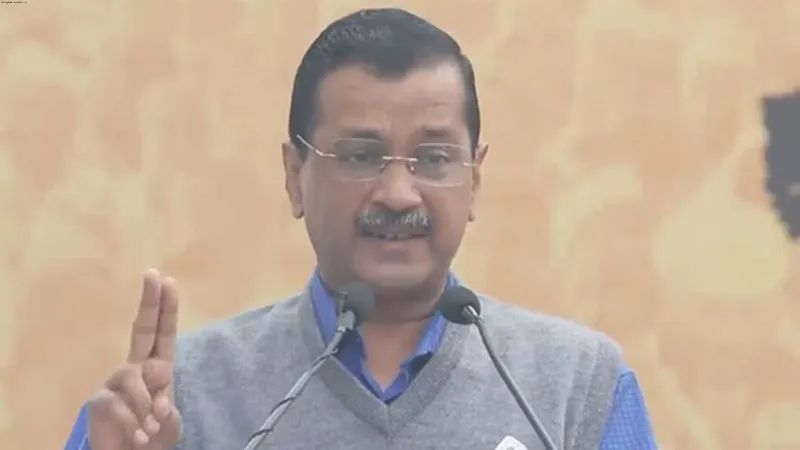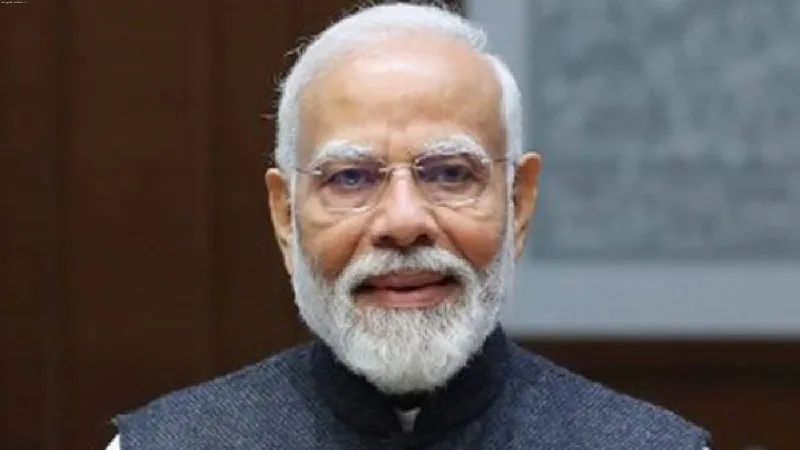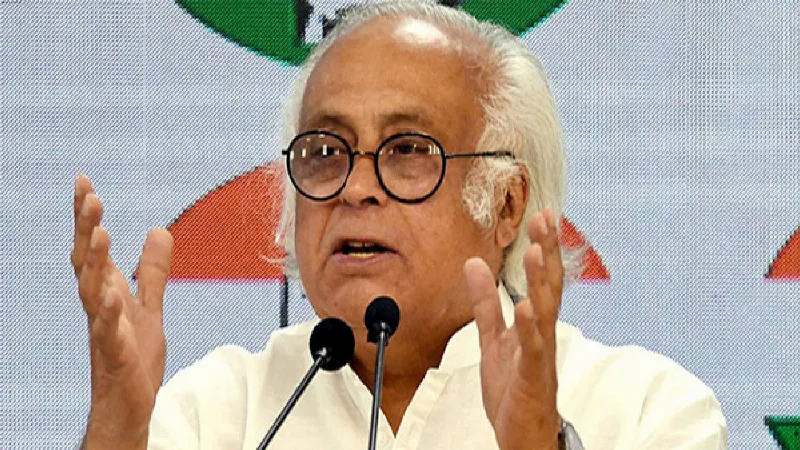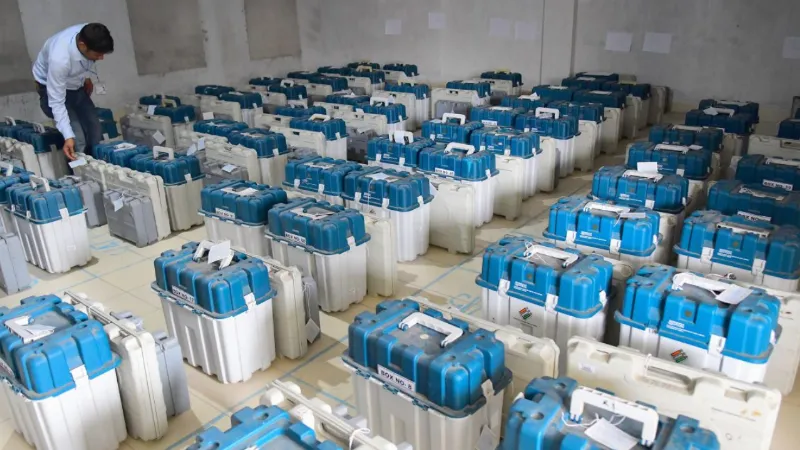China's take on India's population reflects Beijing's insecurities

New Delhi: The recent view of Beijing after India surpassed China's population on Wednesday to become the most populous country in the world reflects its own insecurities, reported Red Lantern Analytica.
Even after being the second most populated country, China's working-age population is drastically declining and it was due to this "workforce" that the Chinese economy thrived in the past decades. According to the latest United Nations Population Fund data, India surpassed China to become the world's most populous nation with 142.86 crore people. China with a population of 142.57 million, has now become the second-most populous country.
This is for the first time that India has topped the United Nations' list of most populated countries, ever since the UN began collecting population data in 1950.
The spokesperson for the Chinese Foreign Ministry, Wang Wenbin, took a sharp dig at New Delhi saying that while assessing a country's demographic dividend, it is also important to look at not just its size but also quality as India surpassed China's population on Wednesday to become the most populous country in the world.
"When assessing a country's demographic dividend, we need to look at not just its size but also it's quality. Size matters, but what matters more is talent resources. Nearly 900 million of the 1.4 billion Chinese are of working age and on average have received 10.9 years of education," Wang Wenbin said.
The statement reflects China's insecurities. It is an established fact that the major reason the Chinese economy thrived in the past decades was due to the abundance of cheap and forced labour and not the 'quality' and high skill of their demographic dividend, reported Red Lantern Analytica.
Meanwhile, in comparison, many top Indian brains are currently leading Fortune 500 companies.
Top CEOs of Indian origin include names like - Laxman Narasimhan, CEO of Starbucks; Sundar Pichai, CEO of Google and Alphabet, Shantanu Narayen, CEO of Adobe, etc.
As far as the quality of the workforce is concerned, 'Made in China' products are infamous for their poor and cheap quality across the world, reported Red Lantern Analytica.
While the Chinese Communist Party might claim otherwise, there are evidence that bad business ethics, corruption, disrespect for the well-being of citizens and an autocratic powerful elite class in China has become the root cause of such declining quality of their products and services.
A report published in the New York Times documented how corruption and lying have become endemic among the Chinese professional class.
It says there are "dishonest practices that permeate society, including students who cheat on college entrance exams, scholars who promote fake or unoriginal research, and dairy companies that sell poisoned milk to infants."
It has become a part of their culture. During the COVID-19 pandemic, China faced criticism for supplying poor PPE kits to COVID-affected countries across the world.
It is totally hypocritical of the CCP to talk about India's demographic dividend and aspects of 'quality' when domestically China is facing many serious issues related to the condition of its labour population, said Red Lantern Analytica.
The seventh national population census of the People's Republic of China suggests a potential Chinese labour force gap for the next decade and beyond. The projected annual labour force gap is around 11.8 million. Structural unemployment is rampant in China's high-skilled sector.
According to a World Economic Forum report, China has 170 million skilled workers, but among the total employed population, only 7 per cent are high-skilled personnel deemed capable of performing complicated tasks and able to adapt quickly to technological changes. So, China's quality of the workforce is not as superior as it tries to project. It has size and scale but not enough quality. (ANI)





















